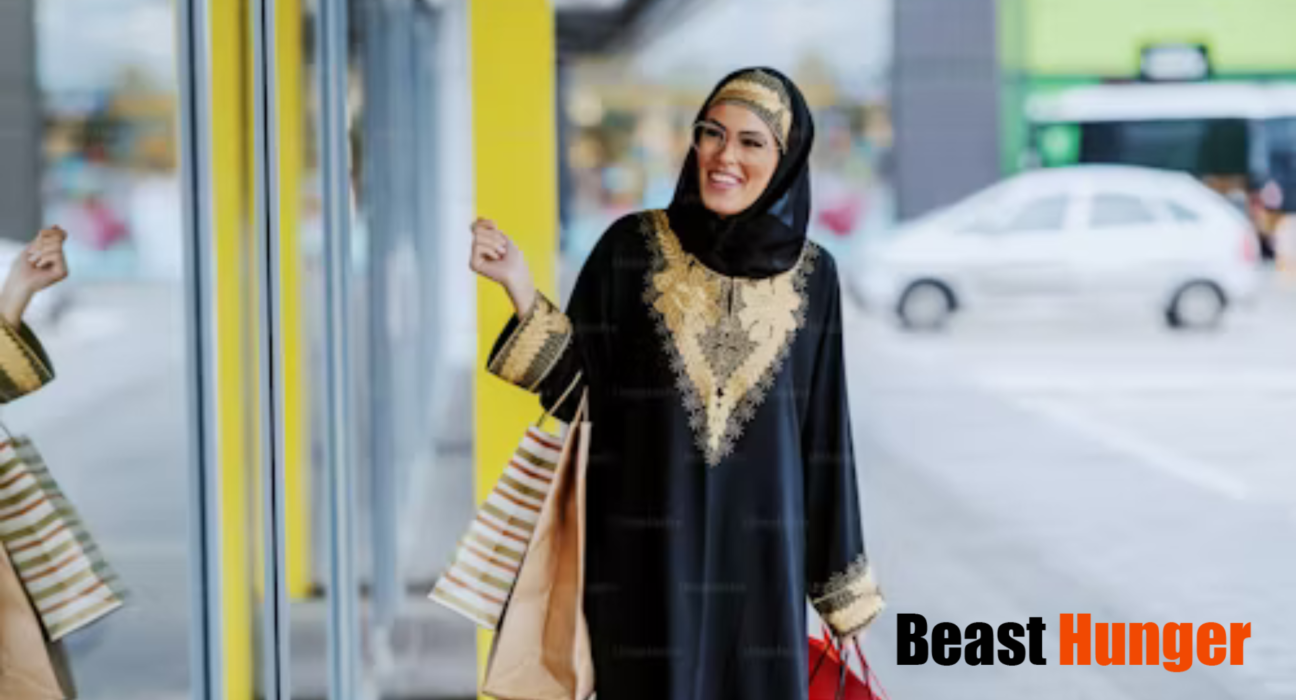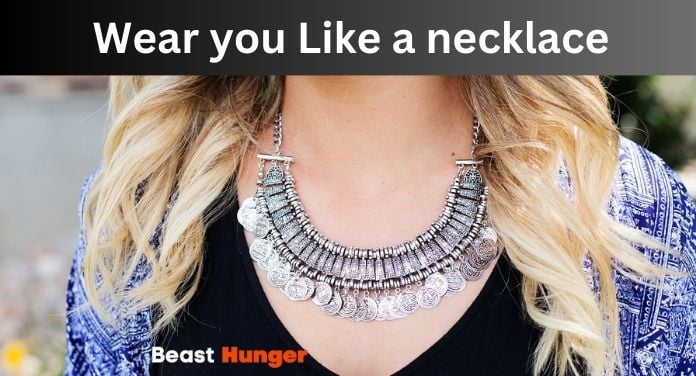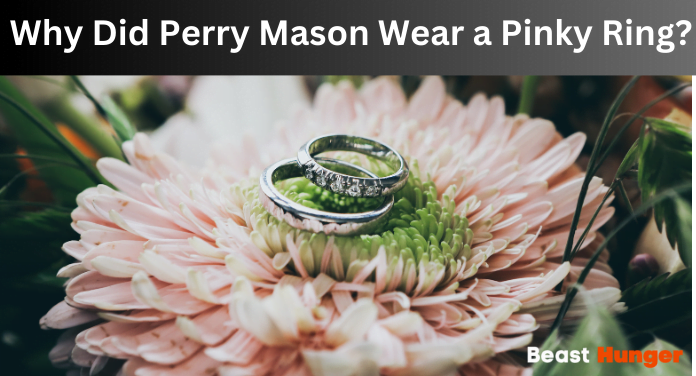An abaya is a long, flowing outer garment traditionally worn by Muslim women to maintain modesty in public. While it holds deep cultural and religious significance, the abaya has evolved into a versatile fashion item, balancing tradition with modernity. Below, we explore various aspects of the abaya, from its history to styling tips.
1. The History and Origin of the Abaya: From Tradition to Modern Fashion
The abaya originated in the Arabian Peninsula and was historically worn to maintain modesty. Over time, it became an essential garment in several Islamic cultures, particularly in Saudi Arabia and the UAE. Today, abayas reflect a blend of cultural heritage and contemporary fashion, making them suitable for various events.
2. Different Types of Abayas: From Classic to Contemporary Styles
Abayas come in diverse styles, including the classic closed abaya, ideal for everyday use, and the open abaya, which pairs well with inner layers. Modern abayas often feature embellishments such as lace, embroidery, or sequins. Variations include belted abayas, pleated designs, and kimono-style abayas, each offering a unique aesthetic.
Read more about : 6 Must-Have Leggings Outfit Ideas
3. The Symbolism of the Abaya in Different Cultures
The symbolism of the abaya varies across regions. In Saudi Arabia, it serves as a marker of modesty and tradition. In other countries like the UAE, the abaya is also a fashion statement, where luxury abayas with intricate designs are popular. Across cultures, it signifies elegance, modesty, and respect for local traditions.
4. Materials and Fabrics Used for Abayas: Choosing the Right Fit for Every Season
Abayas are made from a variety of fabrics to suit different seasons. Lightweight materials like chiffon or crepe are preferred for warmer climates, while velvet or woolen abayas are ideal for cooler seasons. Silk abayas are popular for formal events, combining luxury with comfort. Selecting the right fabric ensures both functionality and style.
5. Styling the Abaya: Fashion Tips and Accessories to Elevate the Look
Styling an abaya can transform its look. Adding accessories like belts provides structure, while scarves in matching or contrasting colors enhance the overall appearance. Handbags, shoes, and jewelry further elevate the abaya, making it suitable for various occasions, from casual outings to formal gatherings.
6. The Role of the Abaya in Modest Fashion Trends Worldwide
The abaya plays a significant role in the global modest fashion movement. Designers from different cultures are incorporating abayas into their collections, blending them with Western fashion elements. The rise of modest fashion has also made the abaya more popular among non-Muslim women, promoting diversity in style.
7. Modern Abaya Designers You Should Know: Blending Tradition with Innovation
Several designers have gained recognition for redefining the abaya. They experiment with cuts, fabrics, and embellishments while maintaining the garment’s traditional essence. Designers from the Middle East, such as those based in Dubai, are leading this innovation, making abayas desirable globally.
You may also like this : Wear you Like a necklace
8. Occasions for Wearing an Abaya: From Casual Wear to Formal Events
The versatility of the abaya makes it suitable for various events. Simple abayas are ideal for everyday use, while embellished ones are perfect for weddings or celebrations. Abayas are also worn during religious holidays like Eid, highlighting their importance in cultural and spiritual settings.
9. How to Care for and Maintain Your Abaya: Practical Tips for Longevity
Proper care extends the life of an abaya. Delicate fabrics require hand washing or dry cleaning. Storing abayas in breathable garment bags helps maintain their shape. Simple maintenance practices, such as avoiding direct sunlight for dark-colored abayas, prevent fading and ensure they remain in excellent condition.
10. Abayas and Cultural Appropriation: Navigating Respectful Adoption of Styles
The popularity of abayas has raised questions about cultural appropriation. While it is encouraging to see diverse styles embraced globally, it is essential to respect the cultural origins of the abaya. Understanding its significance and wearing it with respect ensures that the adoption of this style remains meaningful.
The abaya continues to evolve, serving both as a marker of cultural identity and a fashion staple. Whether worn for tradition, modesty, or style, the abaya reflects a rich history while adapting to contemporary
| Category | Description |
|---|---|
| What is an Abaya? | An abaya is a long, loose-fitting outer garment traditionally worn by Muslim women to maintain modesty. It typically covers the entire body, leaving only the face, hands, and feet visible. |
| Types of Abayas | Abayas come in various styles, including closed abayas, open-front designs, belted options, pleated versions, and embellished ones for formal occasions. |
| Materials Used | Common fabrics include chiffon, crepe, silk, and velvet, offering both lightweight and luxurious options for different climates and events. |
| Styling and Accessories | Abayas can be styled with accessories like belts, scarves, handbags, and shoes. Adding jewelry and matching hijabs can further enhance the look. |
| Cultural Significance | The abaya symbolizes modesty and is worn in accordance with Islamic principles. It also reflects cultural traditions, particularly in regions like Saudi Arabia and the UAE. |
| Global Influence | The abaya has become part of the global modest fashion movement, with many designers integrating it into their collections for both Muslim and non-Muslim women. |
trends.
Here are some FAQs about Abayas:
1. What is an Abaya?
An abaya is a long, flowing outer garment traditionally worn by Muslim women to maintain modesty. It covers the body but leaves the face, hands, and feet exposed.
2. Where is the Abaya Commonly Worn?
The abaya is most commonly worn in countries like Saudi Arabia, the United Arab Emirates, and other parts of the Middle East, but it is also popular among Muslim communities worldwide.
3. What Materials Are Abayas Made From?
Abayas can be made from a variety of fabrics, including chiffon, crepe, silk, and velvet, catering to different seasons and occasions.
4. Can Abayas Be Fashionable?
Yes! Modern abayas come in a wide range of styles, including belted, open-front, pleated, or embellished designs. Designers often incorporate embroidery and beading to make them suitable for formal occasions.
5. What is the Purpose of Wearing an Abaya?
The primary purpose of wearing an abaya is to maintain modesty in line with Islamic principles. However, it has also evolved as a fashion statement, blending tradition with style.






